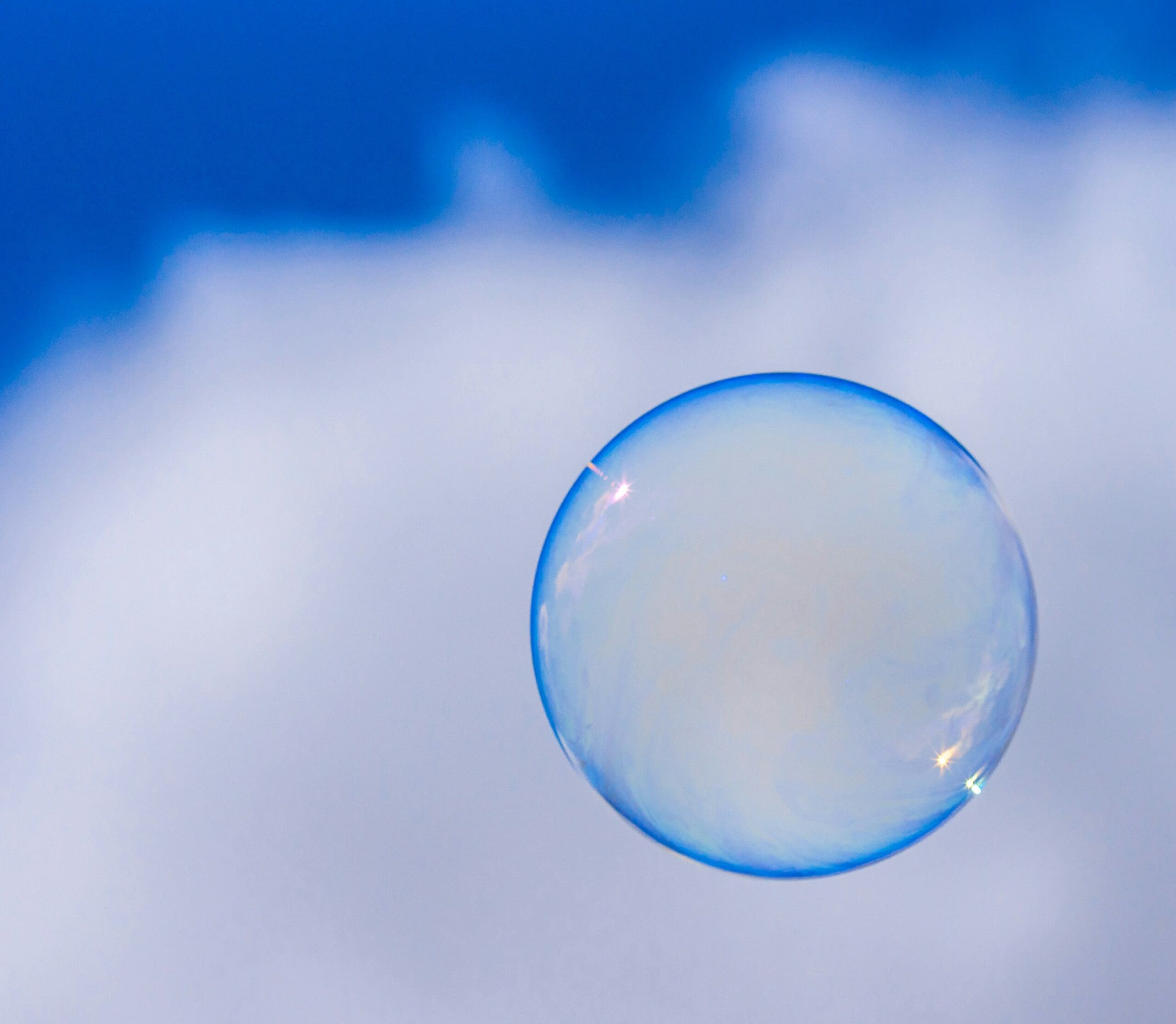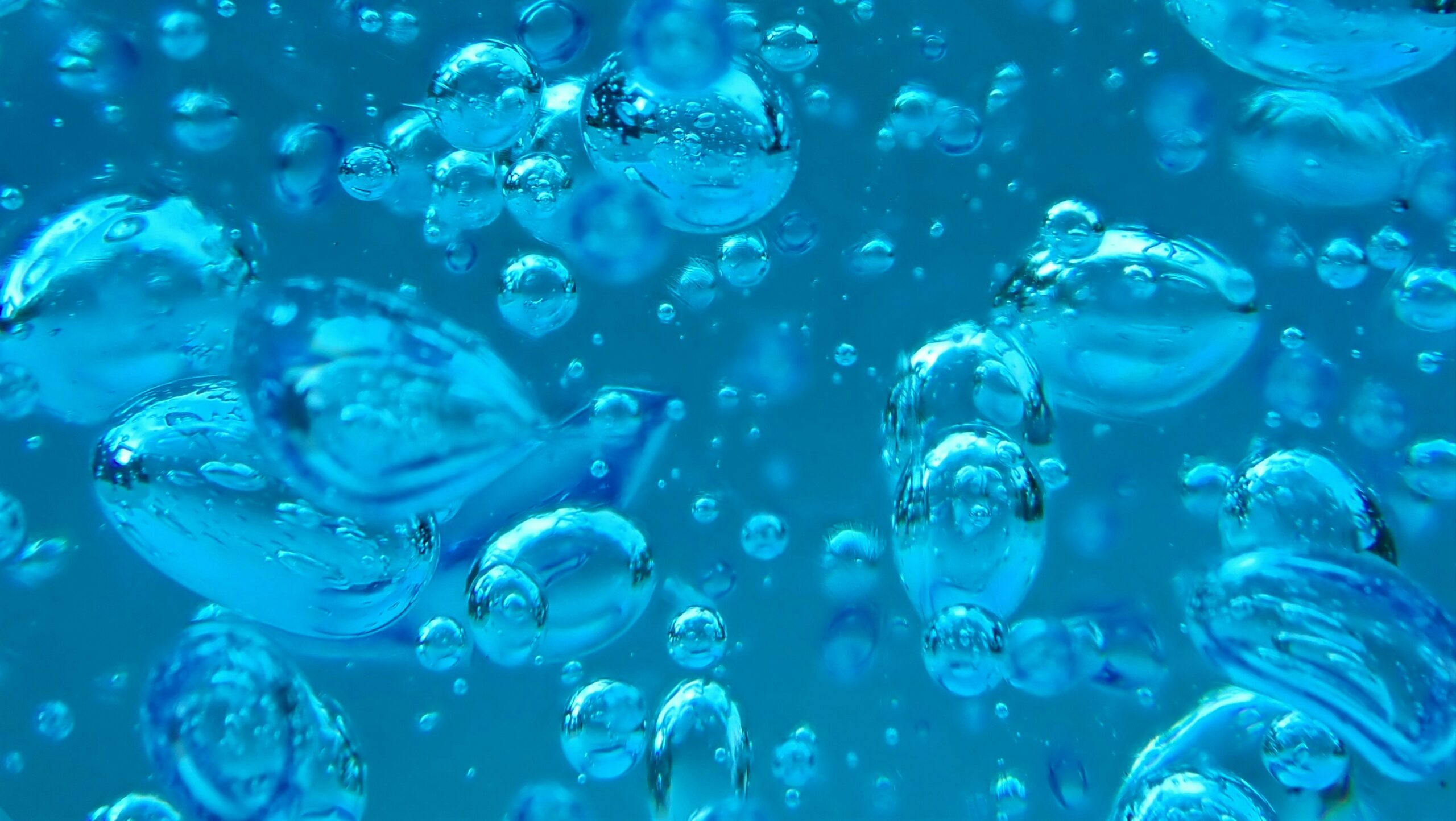The ability to manipulate small volumes of liquids has opened up new possibilities for research and development. However, one significant challenge in microfluidics is the presence of bubbles causing blockages, altering flow rates, and leading to inaccurate results. To address this issue, scientists have developed bubble traps—essential tools designed to capture and eliminate these bubbles. For those in need of reliable solutions, our autoclavable bubble trap for microfluidics offers an effective way to capture and eliminate these bubbles. In this article, we will explore the basics of microfluidics, the role of bubble traps, their advantages, mechanics, and potential challenges and solutions.
Microfluidics: a reminder
Microfluidics is a fascinating and rapidly evolving field that focuses on the behavior and manipulation of fluids at extremely small scales, typically in the range of micrometers. The applications of microfluidics span a wide range of disciplines, including biology, chemistry, engineering, and physics, utilizing microscale channels and structures to precisely control fluid flow.
One of the key advantages of microfluidic systems is their ability to perform complex operations in a compact and efficient manner. By integrating principles from physics, chemistry, and engineering, scientists can design intricate networks of microchannels, valves, pumps, and sensors to create powerful analytical tools. These systems enable a diverse set of functions, including rapid mixing of reagents, precise separation of particles, and real-time monitoring of chemical reactions.
Furthermore, the miniaturization of fluidic components in microfluidic devices offers unique benefits such as reduced sample volumes, faster reaction times, and increased sensitivity. This has led to the development of innovative applications in areas like point-of-care diagnostics, drug discovery, and environmental monitoring. As microfluidic technology advances, it promises to revolutionize numerous scientific and industrial processes.
The Advantages of Using Bubble Traps
Bubble traps are not only essential for maintaining the integrity of microfluidic systems but also play a significant role in enhancing the overall performance of lab-on-a-chip devices. These traps are designed to capture air and gas bubbles, which can otherwise interfere with chemical reactions or biological processes within microchannels. In addition to their primary function of bubble removal, some advanced bubble traps are equipped with sensors that can detect the presence of bubbles in real-time. This allows for immediate feedback and control over the system, ensuring that any issues related to bubble formation are addressed promptly. Additionlly, the design of bubble traps can vary depending on the specific requirements of the microfluidic application, with some traps featuring intricate geometries to maximize bubble capture efficiency while minimizing pressure drop.
Using bubble traps in microfluidics provides several advantages that contribute to enhancing the overall performance and functionality of the system.
Enhanced System Efficiency with Bubble Traps 🚀
Bubble traps improve the efficiency of microfluidic systems by preventing flow interruptions caused by bubbles. When bubbles are present, they can obstruct the channels and impede liquid movement. By capturing and removing these bubbles, bubble traps ensure a continuous and uninterrupted flow, enhancing the overall system efficiency.
Improved Accuracy with Bubble Traps 🎯
In microfluidics, accuracy is crucial, especially in diagnostics and drug discovery. Bubbles can introduce errors in measurements and analysis. Bubble traps minimize these errors by eliminating bubbles from the system, resulting in more precise and reliable outcomes.
Moreover, bubble traps are also essential for preserving the purity of samples in microfluidic applications. Contaminants present in bubbles can compromise the integrity of the samples being processed. By effectively trapping and removing bubbles, these devices help ensure the purity of the samples, which is vital for various research and clinical settings.
Extended Longevity of Microfluidic Systems ⌚
Another significant advantage of incorporating bubble traps in microfluidic setups is the potential to extend the lifespan of microfluidic systems. Bubbles can lead to increased wear and tear on the components of the microfluidic device due to irregular flow patterns and potential blockages. With bubble traps in place, the system experiences less strain, reducing the risk of damage and prolonging its operational lifespan.
The Mechanics of Bubble Traps
Understanding how bubble traps work is essential for their effective implementation in microfluidic devices. These tiny yet crucial components ensure the smooth operation of microfluidic devices by effectively managing the presence of bubbles.
How Bubble Traps Work?
Bubble traps rely on buoyancy, hydrodynamic forces, and surface tension to function effectively. As liquids flow through narrow channels, bubbles, being less dense than the liquid, naturally rise. The trap’s design leverages these principles using the hydrodynamic force generated by the flowing liquid, and the surface tension exerted by the trap walls.
These traps are strategically placed within systems to catch these rising bubbles, before they reach crititcal areas. As liquid with bubbles passes through the trap, the bubbles are expelled through a special membrane that allows air to pass while retaining the liquid within the flow chamber.
The Design and Construction of Bubble Traps
Bubble traps are typically designed with features such as microfilters, hydrophobic surfaces, and intricate geometries to enhance their functionality. Microfilters prevent bubbles from passing through while allowing liquids to flow. Hydrophobic surfaces facilitate the entrapment of bubbles, thanks to their non-wetting properties. Intricate geometries provide additional pathways for bubble entrapment and increase the surface area for bubble removal.
Furthermore, the construction of bubble traps often involves materials that are compatible with a wide range of fluids to ensure versatility in microfluidic applications.
Common Issues with Bubble Traps
While bubble traps offer significant benefits, there are potential challenges that users may encounter and that require appropriate strategies to overcome.
One common issue in using bubble traps is the possibility of clogging. The presence of particulates or debris in the system can hinder the effectiveness of bubble traps. Additionally, improper positioning of bubble traps may result in inadequate bubble capture.
To avoid clogging, it is essential to keep the microfluidic system clean and free from contaminants. Regular maintenance and thorough cleaning can help prevent blockages. Proper placement and size optimization of bubble traps can improve their efficiency and ensure effective bubble capture.
Another challenge that users may face with bubble traps is air leaks. If the seals or connections are not airtight, air can escape from the system, reducing the effectiveness of bubble traps. Conducting regular checks on seals and connections, and replacing any worn components, can help maintain airtightness and prevent air leaks.
Furthermore, variations in fluid viscosity can impact the performance of bubble traps. High-viscosity fluids may not flow smoothly through the trap, affecting bubble removal. Adjusting the design of the bubble trap or considering pre-filtration methods for viscous fluids can help mitigate this challenge and improve system efficiency.
In conclusion, bubble traps are indispensable in microfluidics, addressing the challenges posed by bubbles. Their functionality, advantages, mechanics, and potential challenges have been explored in this article. By utilizing bubble traps, researchers and scientists can optimize their microfluidic systems, improve accuracy, and enhance overall performance. The future holds exciting possibilities for microfluidics and bubble trap technologies as advancements continue to drive innovation in this field.
Conclusion
📧 If you have any questions or feedback, please feel free to contact us at contact@darwin-microfluidics.com.



